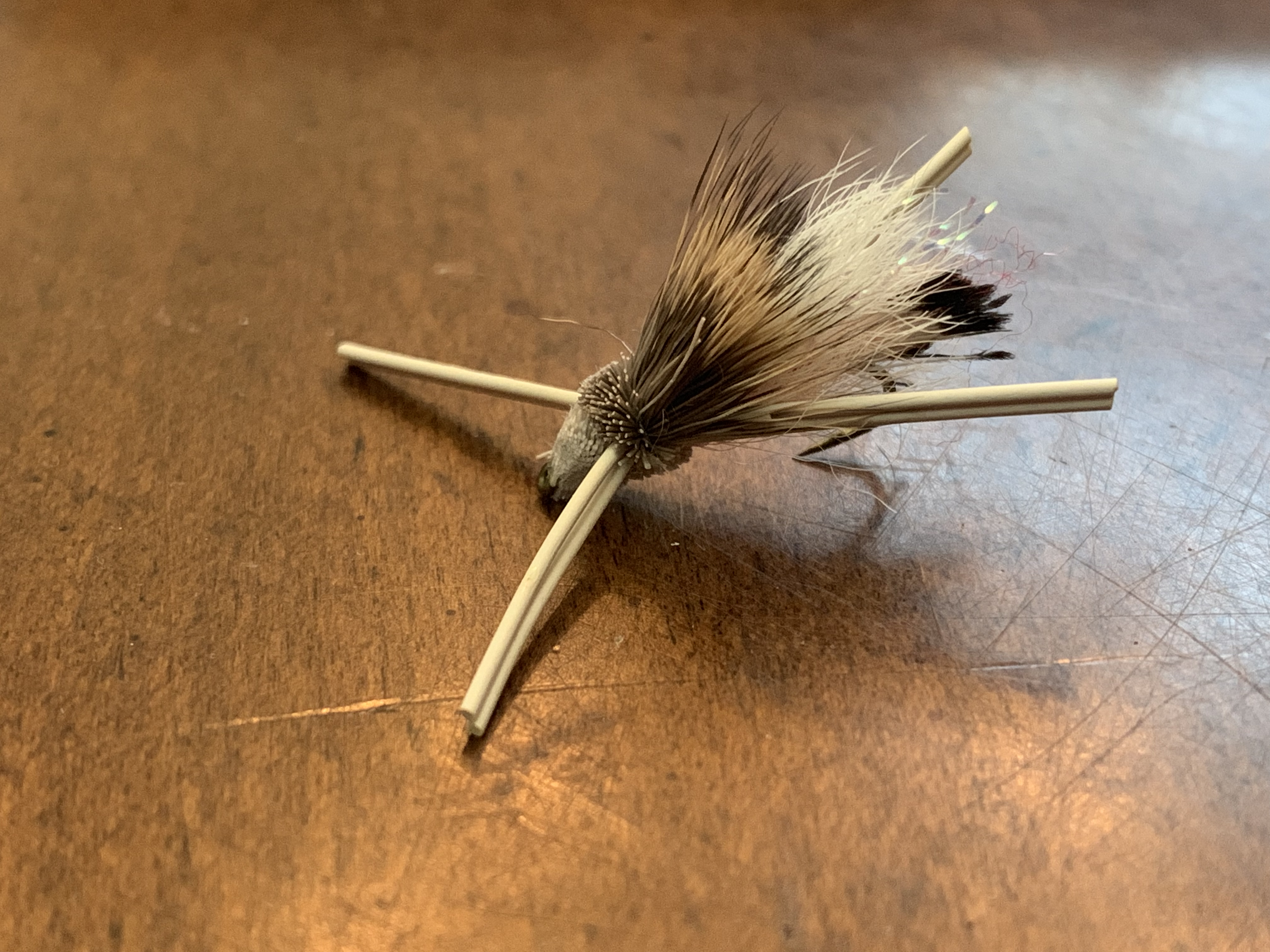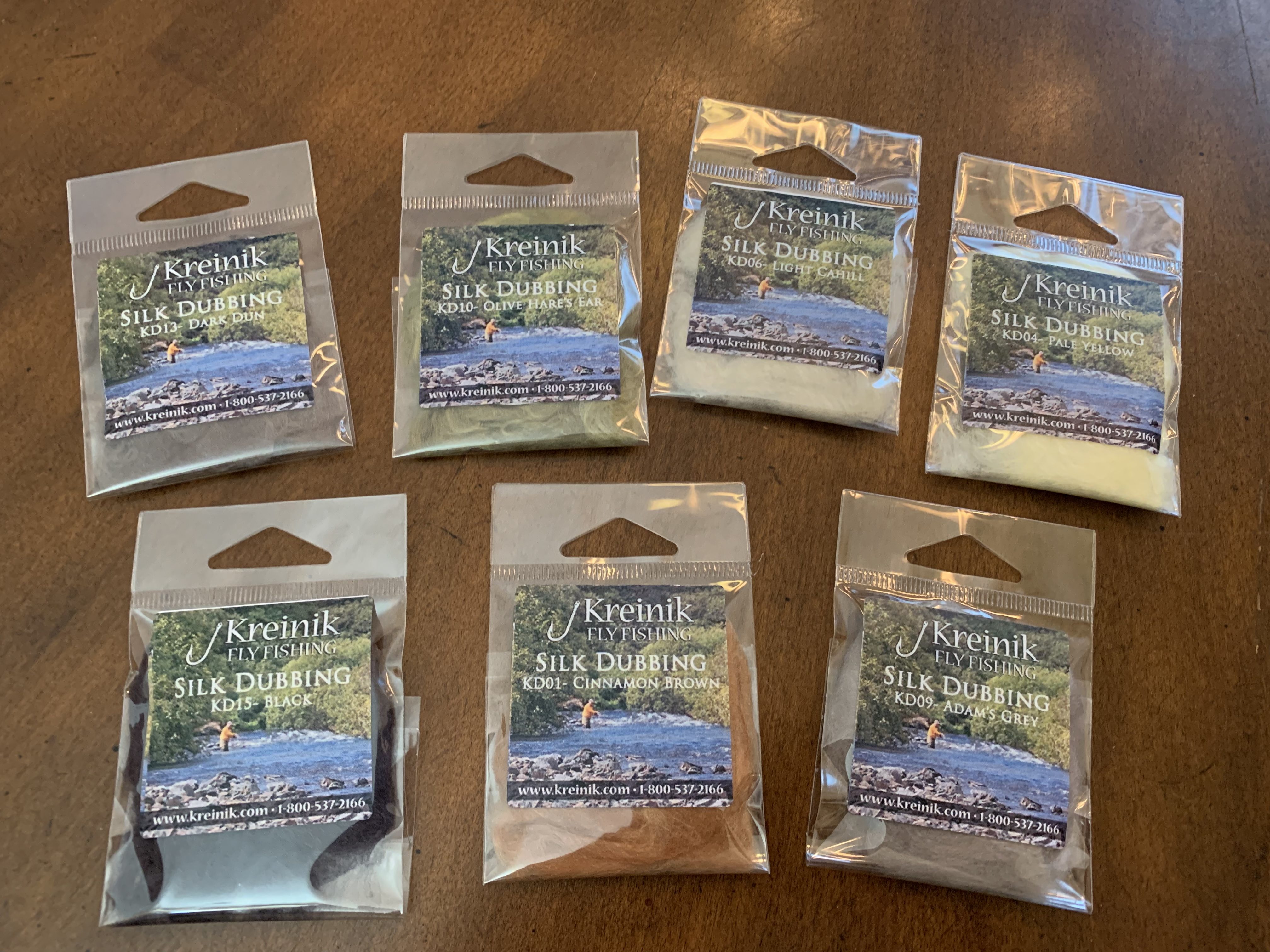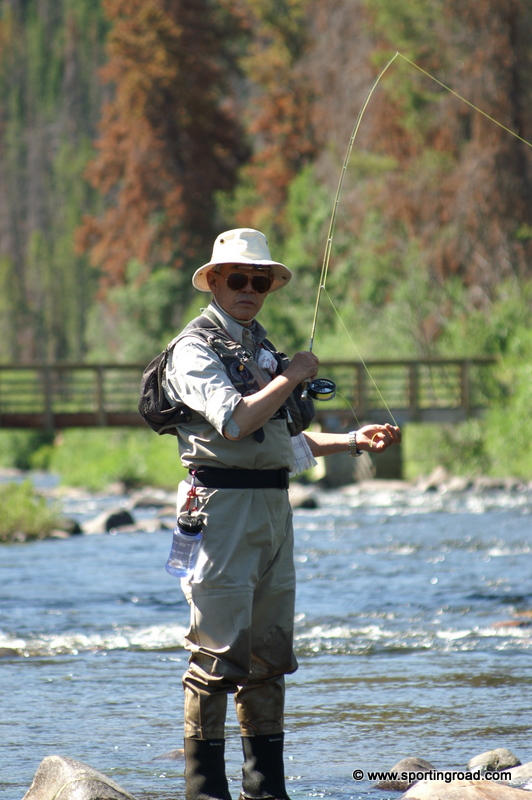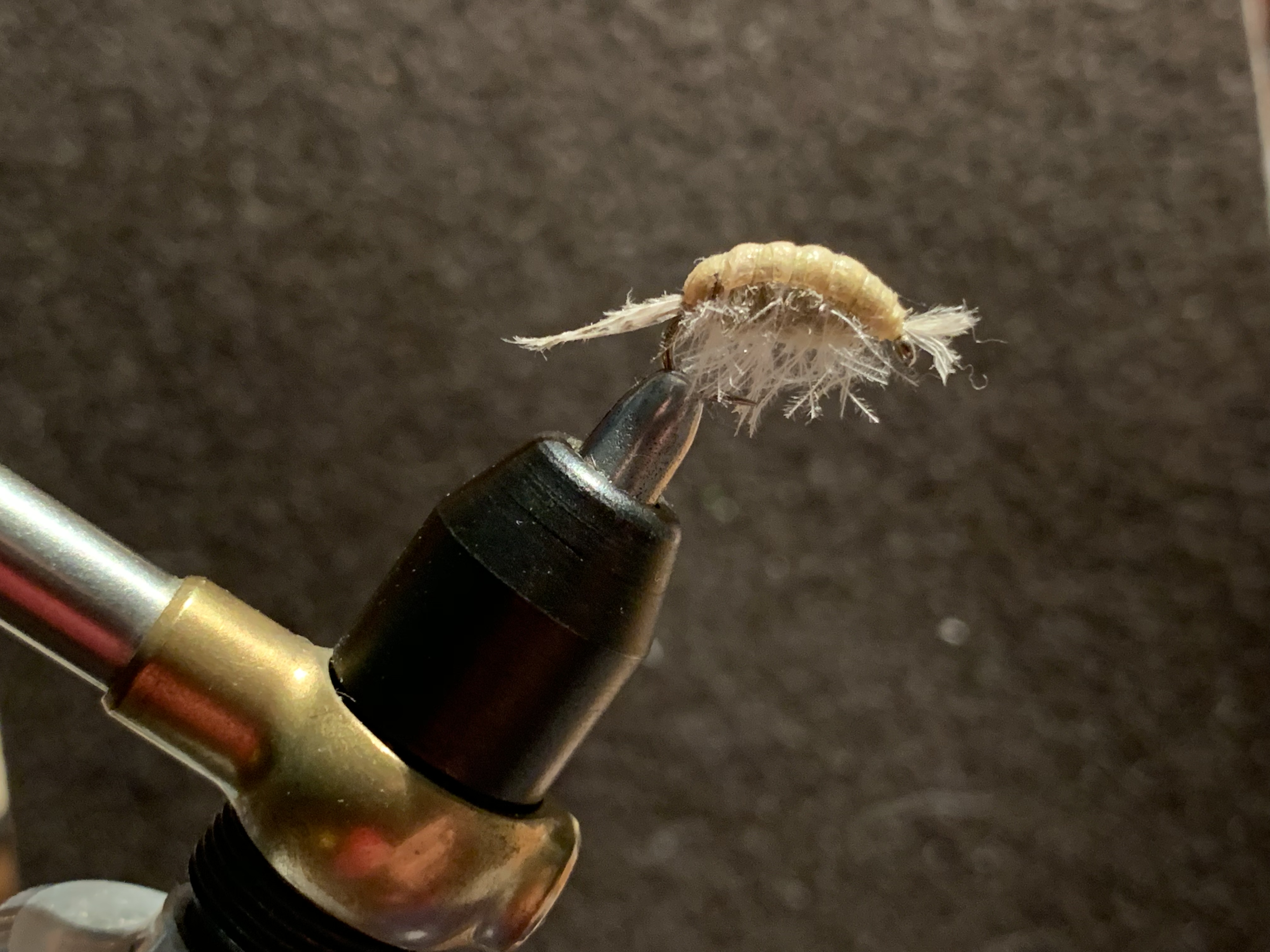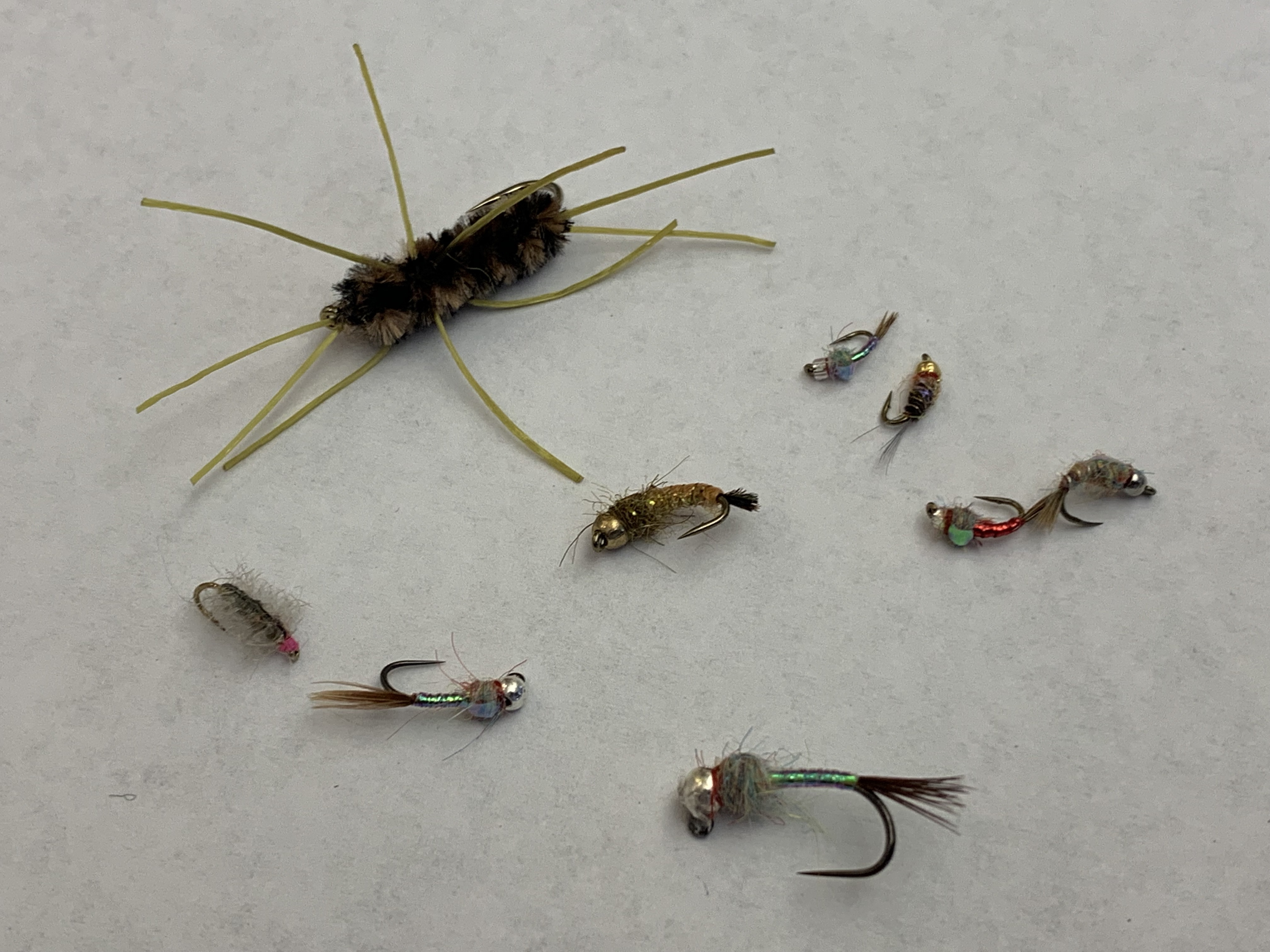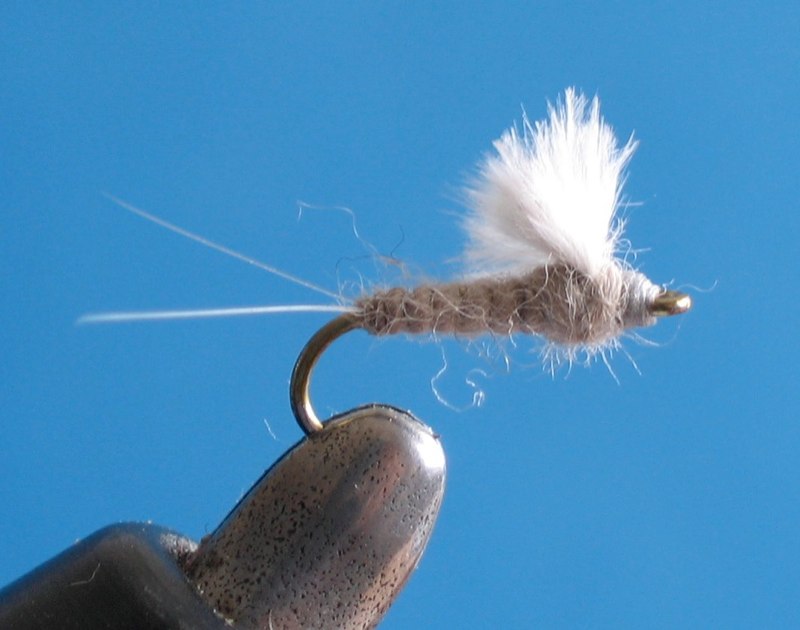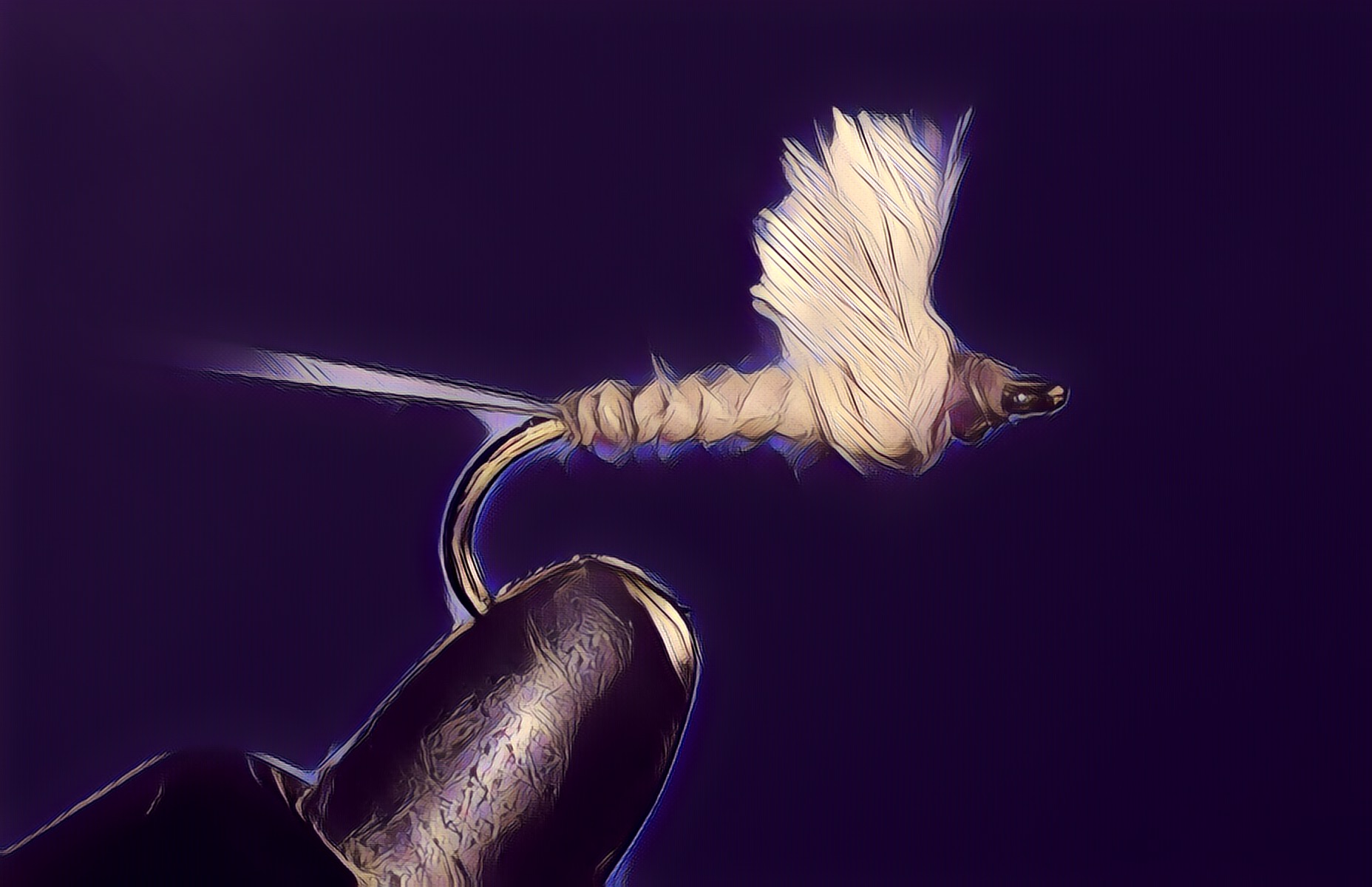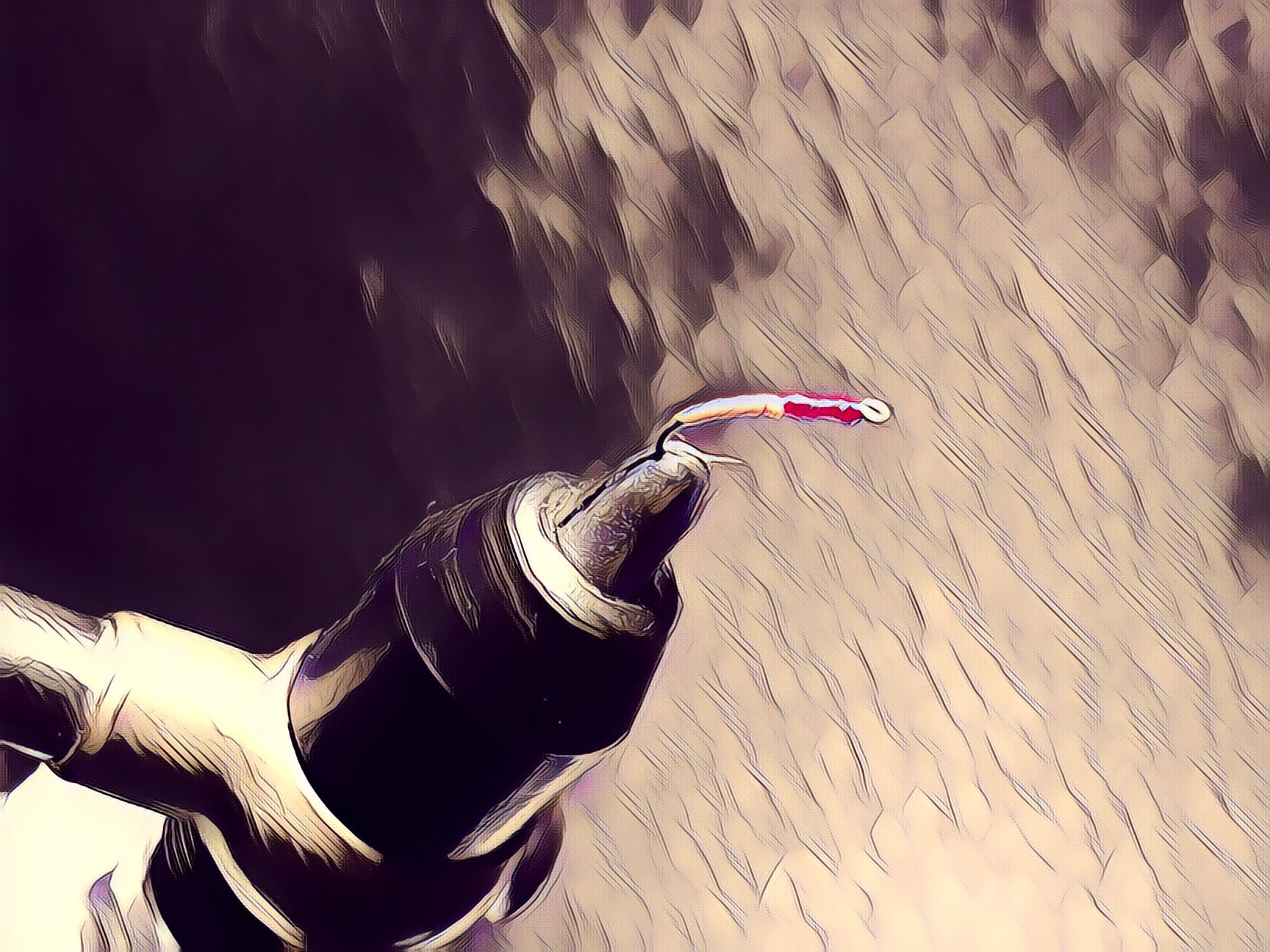Turck’s Tarantula
It's funny how time flies and how over time, some flies disappear while others just get repackaged with easier to tie foams, etc. One day, the Madam X is a popular pattern, and then you wake up and it's two decades of Turck's Tarantulas, and now there are dozens of knock-offs including the The Chubby Chernobyl, the Rubber Legged Stimulator, or the Stoneflopper. Thirty years has gone by since the Madam X. Sounds like a country song doesn't it? But, so is life, time passes, things change, some get easier, some just get uglier. And the flies are in essence the same, but have gotten easier to tie with foam replacing spun hair, etc., which not only makes the flies uglier, but much easier to tie. I have to say I am glad I stocked up, back when flies were good looking. One of my favoite flies is Guy Turck's Tarantula. I was one of the first to order it from him from his site back in 1995. In 1990, Guy began guiding float fishermen for Jim Jones’ High Country Flies in Jackson. In August of 1990, while searching for a pattern that improved the durability and visibility of the increasingly popular Madam X fly, Guy developed his clipped deer hair head, rubber leg hopper/stonefly imitation. During a slow afternoon Guy handed his creation to a client, World Bank head Jim Wolfensohn. Noting the fly’s bulky, leggy appearance, Wolfensohn quipped, “What is this thing, a tarantula?” This wonderfully creative fly name stuck like head cement. By September when the Snake’s hefty Classenia Sabulousa stoneflies become active, another guide pal, Shannon McCormick, introduced Guy to master fishing entrepreneur George Anderson of Livingston. Turck gave the “Montana

